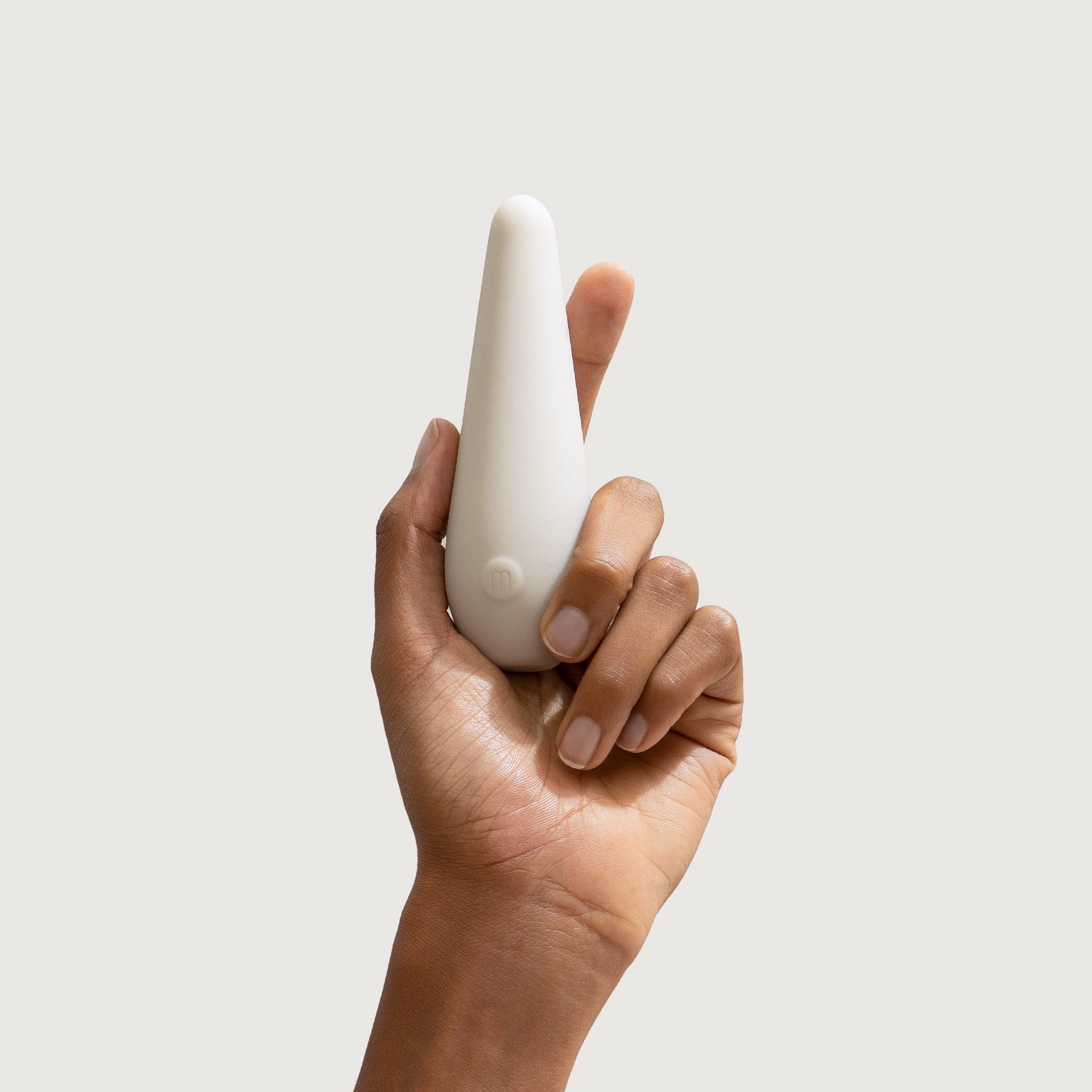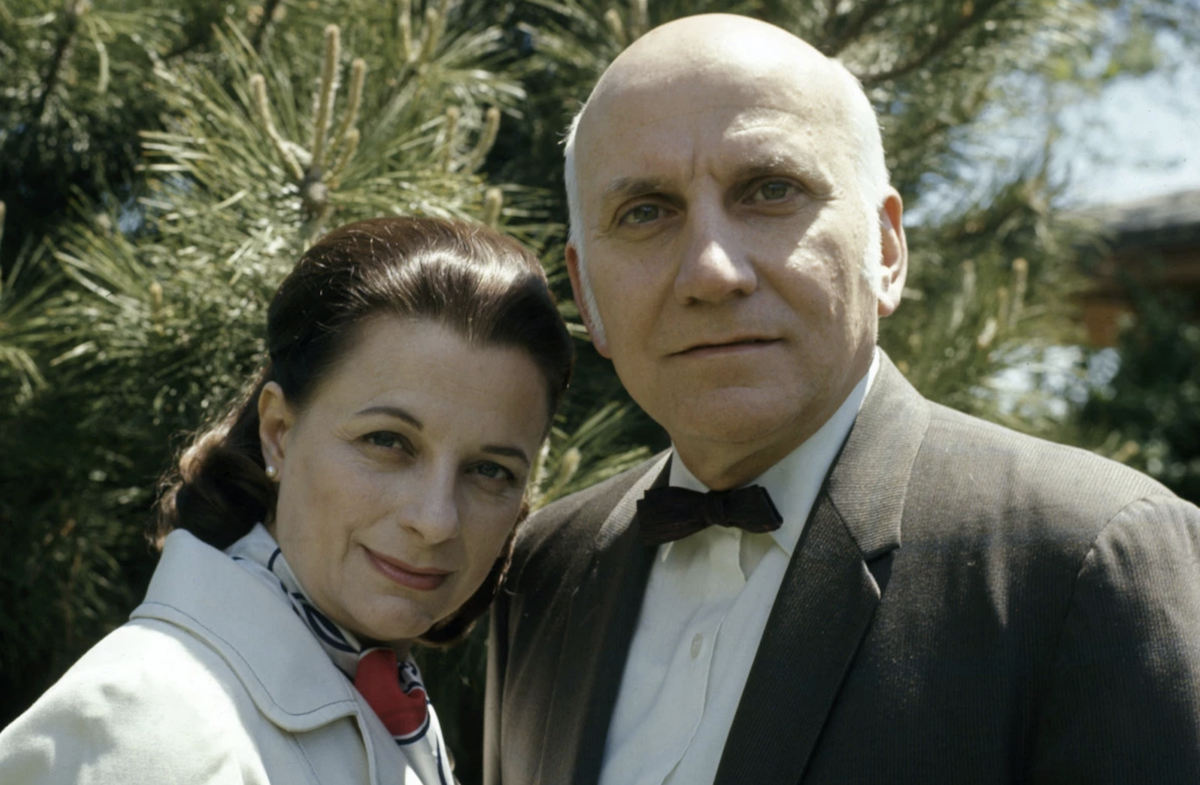How Masters & Johnson brought sex into the laboratory.

The most famous sex researchers on merging the clinical and sensual.
There aren’t a lot of household names in the world of sex research, but Masters and Johnson are about as close as it gets. When William H. Masters and Virginia E. Johnson published their two key books, 1966’s Human Sexual Response and 1970’s Human Sexual Inadequacy, the world was shaken to the point that the pair were featured on the cover of Time magazine.
More recently, they were portrayed by Michael Sheen and Lizzy Caplan in the Showtime series Masters Of Sex, which ran from 2013 to 2016. Considering the pair ended up as a research team on equal footing, it seems slightly unfair that Masters’ name lent itself to the title (taken from the biography the show was based on). Perhaps, considering how much they taught the world about penises, among other things, a better title would have been Masters Of Johnsons. No?
Sex under a microscope
Virginia Johnson didn’t set out to be a scientist. Born in 1925, she originally wanted to be a singer, and spent the Second World War singing with a band. However, by her mid twenties she had decided to leave music behind and do a sociology degree.
When she was hired by Masters as a research assistant, Johnson was a single mother of two, having just divorced her third husband. She was originally hired for her writing ability—she had briefly been a business journalist—but ended up more and more involved in the work until she was his research partner.
Johnson wasn’t an academic, but she had skills Masters lacked—she knew how to talk to people. Almost all of the work done in sex research before Masters and Johnson came along was anecdotal, based on interviews and assumptions. They decided that wasn’t enough, and brought people into the lab, both solo and in pairs, to engage in sexual activity under scientific observation. As the Guardian put it in Johnson’s obituary, “it was she who managed to get nurses, students and other volunteers to shed their clothes and inhibitions to take part in what became one of the largest human sexuality studies in the US.”
The sexual response model
Masters and Johnson identified the four stages of sexual response in both men and women, which they called excitement, plateau, orgasmic and resolution, and matched the physiological effects of each stage on either sex. Their sole focus on the physiological, as well as a few imperfect matches, mean as a model it is not without its issues, and subsequent researchers continue to hone and improve it, but for the time it was published, 1966, it was pretty revolutionary. Sigmund Freud had been adamant that female orgasms came in vaginal and clitoral varieties, with the latter being less “mature” than the former—the inference being that an orgasm from p-in-v was the only kind with any “validity” to it. With the aid of polygraph-like devices they developed, Masters and Johnson showed the fallacy of this. Also phallus-y: they proved male sexual performance was not related to penis size.
Therapy: the good and the terrible
Building on their research, the pair came up with a model for sex therapy called ‘sensate focus’, a short course aimed at getting the individuals involved to recognize what worked for them sensually and encourage exploration and communication, rather than the goal-based “put this in here for this long, this often” methods that preceded it. It is still used today.
Less helpfully, for a while Masters became needlessly focused on the idea of conversion therapy to “cure” homosexuality—a practice now rightfully condemned as unethical, unscientific, and regressive at best. Johnson publicly supported him but privately expressed her doubts, both about the validity of the method and the concept as a whole. However, she had never finished her degree, and the pair had married—her academic career was entirely entwined with that of Masters. They later divorced but continued to work together.
Johnson died in 2014. Her career would have been extraordinary even if she hadn’t entered it the way she did, and while her achievements are justifiably always associated with those of her partner, she should be celebrated for the way she did it—using empathy, sensitivity, and understanding to bring the sensual and clinical worlds together. Plus she got orgasms onto the cover of Time. That’s amazing.




